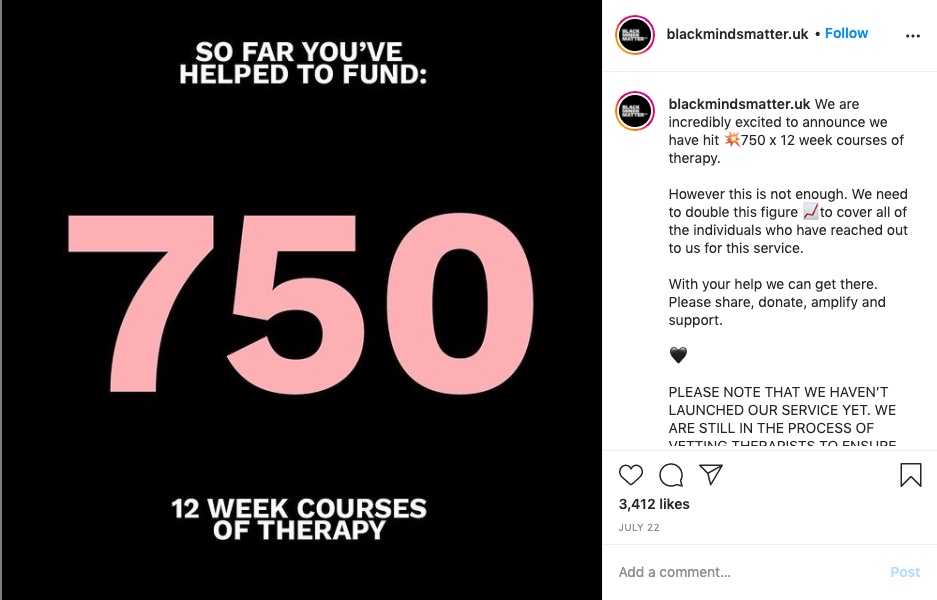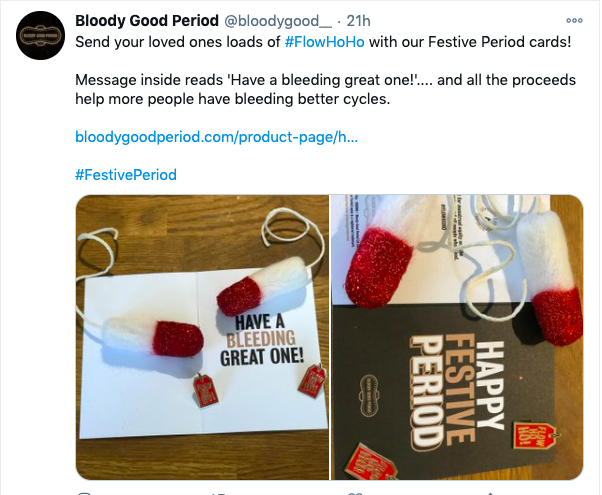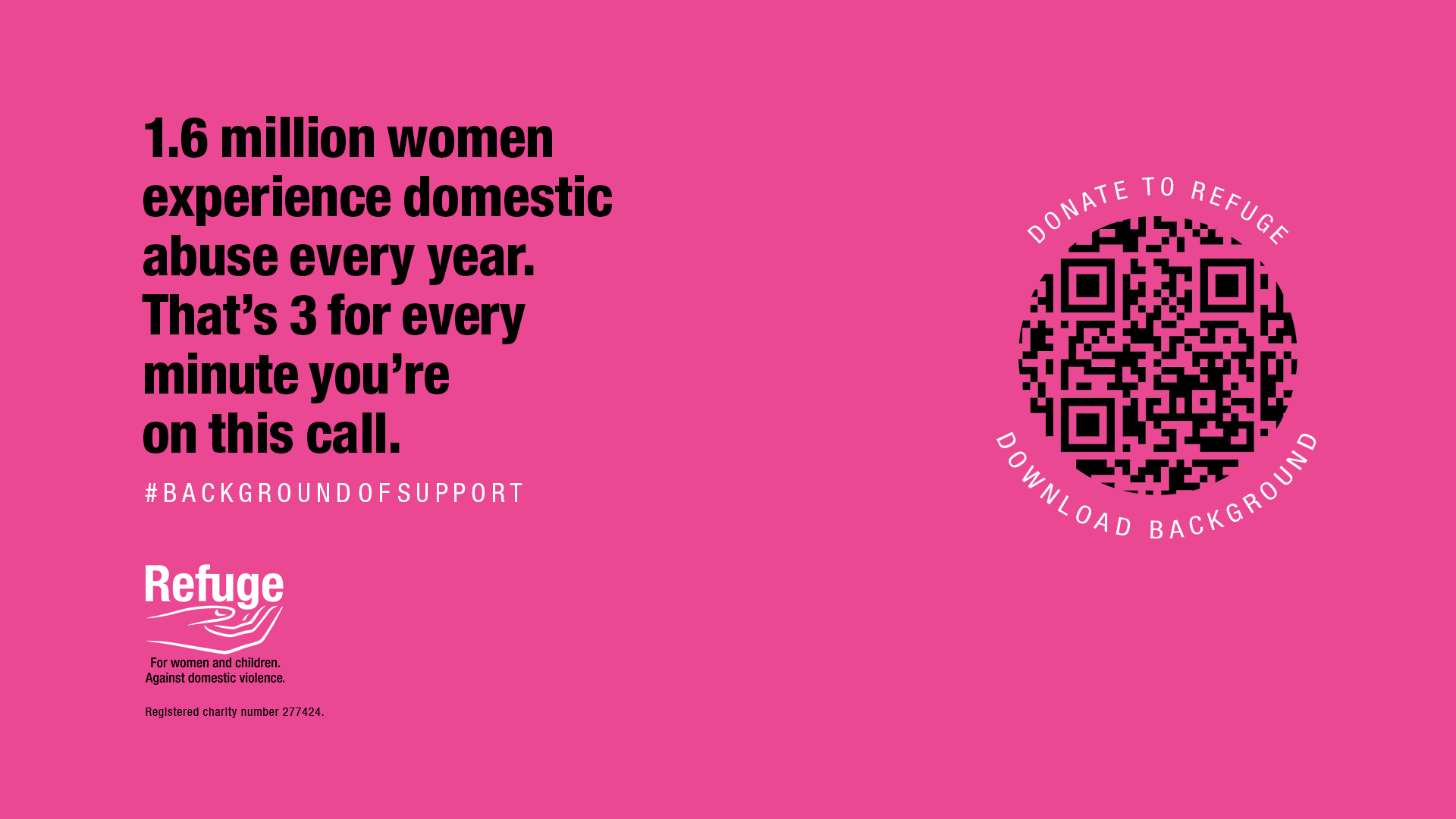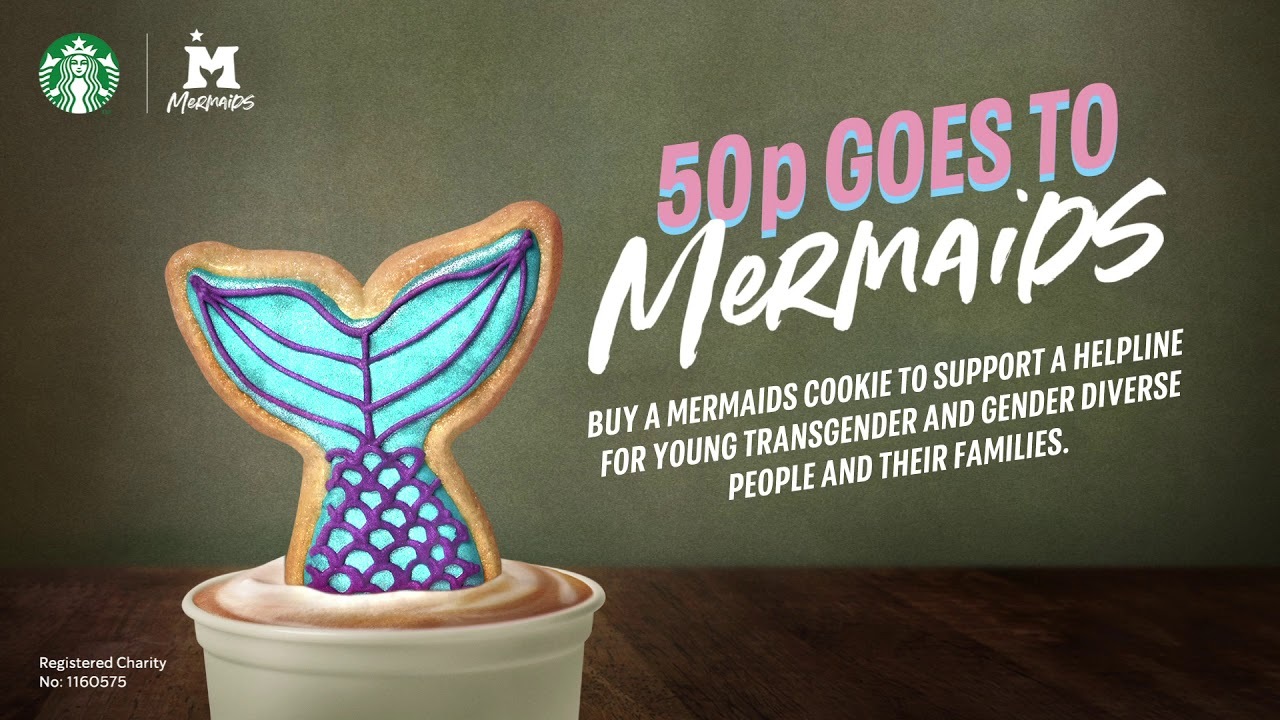After one hell of a year, digital mobilisation has shot up the list of priorities for many charities and progressive organisations.
With “IRL” fundraising efforts paused, organisations raced to bring fundraising and campaigns completely online, and find new ways to cut through an unusually crowded digital landscape.
We gave our team the impossible task of highlighting just a few of the creative, timely and impactful digital campaigns that have stood out to them this year – read on to see what they picked.
Black Minds Matter
This impressive initiative connects Black people with free therapy and works to destigmatise mental health for Black people in the UK.
Their Instagram content is distinct, bold and visionary – with a mixture of self-care tips, inspiring interviews, and facts and stats on mental health in the community. Collaborations with Black artists and vividly designed posts give their campaign serious kudos and cut-through.
What we can learn: Any charity can learn a lot from how Black Minds Matter make their milestones so celebratory, motivational and tangible to supporters – for example celebrating hitting 750 funded courses of therapy.

Bloody Good Period
Bloody Good Period provides free menstrual products for people who need them. We set up optimised donation pages with them this year, and we’ve been struck by how much their no-nonsense yet comedic tone of voice stands out on social media.
For example, their #FlowHoHo campaign invites supporters to raise funds over the festive period, with an option to sponsor a period – “Periods happen every month, and so can your donation” has to be one of the most persuasive and simple fundraising asks we’ve heard for a while!
What we can learn: Bloody Good Period’s campaigns are intersectional, speak in the language of their target audience, and push boundaries – pioneering the use of gender-inclusive language, too. It’s something we’d love to see more orgs do in 2021.

Marcus Rashford’s food poverty campaign
Yes, he’s a world-famous footballer, but that’s not the only reason Rashford’s campaign to end child hunger in the UK has taken off.
His Twitter presence alone shows all the hallmarks of solid digital mobilisation strategy (as we discussed in a previous blog) – like putting supporters at the heart of the campaign, giving them multiple low-bar actions that make a measurable difference, and celebrating every win.
What we can learn: We know that lots of organisations will be inspired to take on this model of campaigning. There’s so much power in authenticity, transparency, and supporter-centric comms online.
Charity So White
Charity So White is a campaign group led by people of colour to tackle institutional racism in the UK’s charity sector.
In the context of the Black Lives Matter movement and Covid-19, Charity So White has moved the conversation from “diversity and inclusion” towards power and privilege. The clarity of their vision is incredibly impressive, and they prove the effectiveness of campaigns led by people with lived experience.
What we can learn: The sector can change, but it’ll take candid conversation and real action. In July, Organiser Martha Awojobi curated the first ever BAME fundraising conference in partnership with Fundraising Everywhere, and there are great resources on the Charity So White website.
Refuge’s digital fundraising
When demand for Refuge’s services soared, the team turned to innovative ways to raise the necessary funds.
We worked together to optimise their donation journeys and try direct-to-donate Facebook ads for the first time (resulting in a 495% return on ad spend). More recently they’ve organised DIY fundraisers that supporters could do online, and even launched a downloadable Zoom background with a QR code so supporters can fundraise in their video calls – really leaning into the times.
What we can learn: Refuge moved swiftly to set up evocative, effective digital comms, which helped them raise 6,325% more in the first lockdown than they did in the same time last year. Orgs need to have optimised infrastructure in place and adapt quickly to see superb results like these.

Stop Hate For Profit
The #StopHateForProfit campaign called on advertisers to pause ad spend on Facebook throughout July, to demand action on racism and hatred on the platform.
The coalition of civil rights and nonprofit groups leading the campaign were crystal clear in their message and what they wanted to accomplish from the outset. Thanks to this clarity, more than 1,200 businesses took part and it’s already resulted in greater scrutiny around Facebook’s policies and algorithm.
What we can learn: We love this example because it was a simple, timebound and clearly defined action, creating a huge viral ‘moment’ that caused a shockwave across platforms.
Guide Dogs UK’s record-breaking virtual event
Usually, supporters host tea parties on National Tea Day to raise funds for Guide Dogs – so this year they brought the whole event online, setting a Guinness World Record for the world’s biggest virtual tea party in the process.
The simplicity makes this special. It’s a format that supporters already know and love, with an added fun and hashtag-worthy twist. Plus it’s an even lower-bar ask than an IRL fundraiser, since people can take part in their pyjamas at home (which one celebrity patron did on live TV).
What we can learn: With a canny social media strategy and fun, upbeat content, charities can create just as much buzz (and value) with virtual events as they can in person.

Mermaids + Starbucks partnership
Mermaids is a British charity supporting gender-diverse children. This year, they teamed up with Starbucks for the stunning ‘Every name’s a story’ campaign.
In a heartwarming video, we see a trans person use their chosen name for the first time when the barista writes it on their cup. On the Starbucks website, trans people explain what their names mean to them, and they even sold a fundraiser mermaid cookie in-store.
What we can learn: The collaboration may seem unlikely, but the strategy is genius. Mermaids successfully leveraged Starbucks’ huge platform to reach the “mainstream” with its important message of acceptance and common humanity.

Pregnant Then Screwed
Pregnant Then Screwed is a volunteer-led group fighting maternity discrimination, run by people with lived experience.
This tiny team has punched above their weight this year – using powerful personal stories to create a winning press strategy, getting close to winning legislative change, launching petitions and actions, and even running online courses to help mums made redundant during Covid-19.
What we can learn: Compelling case studies are powerful: they build trust and affinity with supporters, emotionally communicate your vision, and provide hard-hitting, ready to go content for email campaigns, petitions and media coverage.
We’ve loved seeing more innovative, effective digital campaigns springing up in 2020. Although we’re hopeful for the future, we know the challenges of Covid-19 will be with us for some time – if you’d like to chat about how we could help, drop us an email.